“I find a resemblance with everyday life, where we are living our unresolved spells in canon with our fantasies, slightly late, slightly early.”
Last Saturday my piece La Magia was played in Berlin by Barbara Kysela (harp) and Anja Füsti (percussion). La Magia is a particular piece made of sounds, gestures, images in “tableaux style” and invisible connections between things. The rehearsal process was incredibly creative. It felt like throwing an unpredictable ball that the ensemble caught in the air.
Saturday my piece La Magia was played in Berlin by Barbara Kysela (harp) and Anja Füsti (percussion). La Magia is a particular piece made of sounds, gestures, images in “tableaux style” and invisible connections between things. The rehearsal process was incredibly creative. It felt like throwing an unpredictable ball that the ensemble caught in the air.
The concert itself didn’t go very well. We couldn’t find the energy or focus we certainly experienced during the rehearsals. We were kind of “out of phase, slightly late, slightly early.“ In my experience, this kind of music, so fragile, needs a couple of shots before being “there” with some kind of entity. Everything is very subtle, in the border of being something else, or just being nothing. When it works, it is very strong. When it doesn’t, it is painful. It seems that there is nothing in between. It takes time for me (the composer) to find the space in my mind to understand what I am doing.
Not all my productions are like this. I have a couple of pieces like La Magia that are almost theoretical experiments, where my uncertainties are bigger, and the research in undefined processes is riskier. I am thinking also about Around music.
After a couple of concerts (or a couple of years), the music takes shape, and I am able to put all these experiences on solid ground. Certainty is also a good thing: swinging back and forth from “terra incognita.“
It was a very long week in Berlin, including rehearsals, a lecture I gave at the UdK, and multiple conversations with the ensemble and colleagues. I was thinking all the time, like a mantra, about composing a music in the middle of things.
I crashed in Abel Paul’s place, who extremely kindly hosted me during the whole week, sharing not only all my extended luggage full of umbrellas, ping pong balls, and props for the piece but being the perfect friend to discuss all these shared concerns. He also had an amazing piece played at the concert, that for some reason, probably similar to mine, couldn’t find the right energy.
… “where we are living our unresolved spells in canon with our fantasies.”
For the moment I don’t need to feel safe and run away … I feel like running in, more and more inside… finding this thin string that is my own voice and pulling and pulling it with the hope to catch the golden fish sometime in the future. There is still more to compromise, more to do, more to improve, more questions to make. I am trying to write music that doesn’t exist… yet.



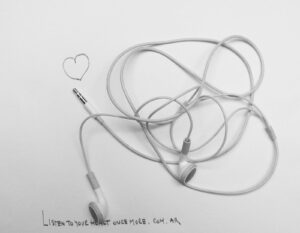
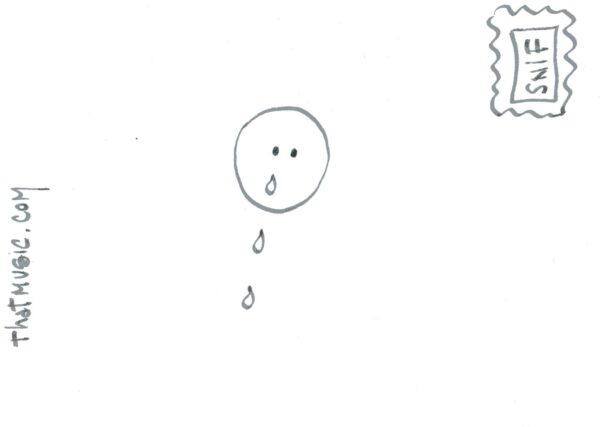
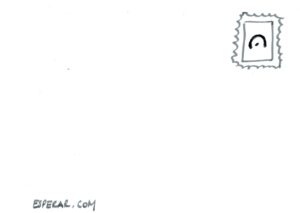
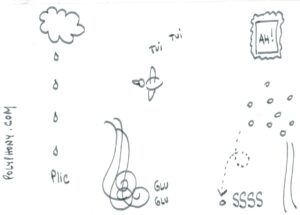
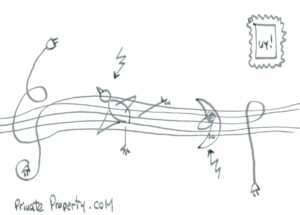
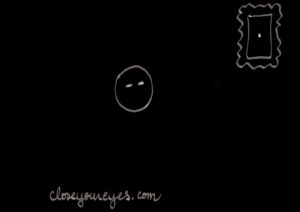
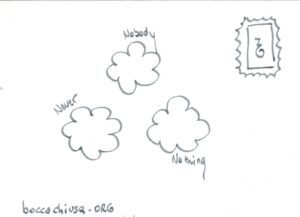
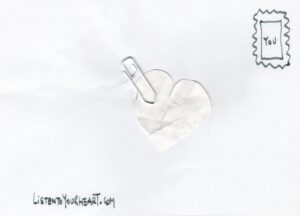
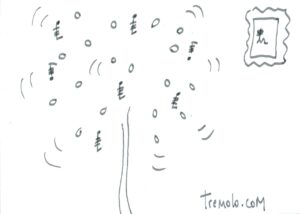
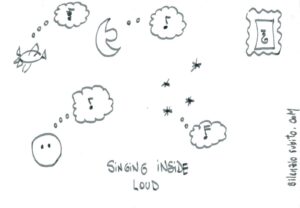


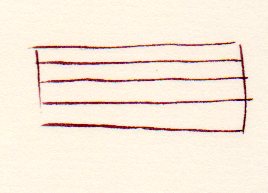
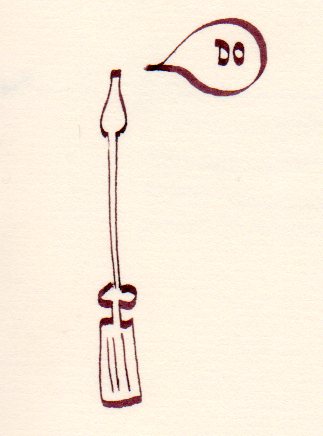 Even having the perfect score and the perfect performer, controlling the way water falls, a snare drum echoes, a radio speaks, the way a cello bow bounces it is never going to be completely predictable. There will be inevitably some deviation. We know that musical notation is about what is written, but I think that is also about what cannot be expressed, a margin of unexpectedness. This margin of error is also the margin for freedom. Music is what is written in combination with what is being played. Notation doesn’t describe, notation doesn´t command. Notation invokes.
Even having the perfect score and the perfect performer, controlling the way water falls, a snare drum echoes, a radio speaks, the way a cello bow bounces it is never going to be completely predictable. There will be inevitably some deviation. We know that musical notation is about what is written, but I think that is also about what cannot be expressed, a margin of unexpectedness. This margin of error is also the margin for freedom. Music is what is written in combination with what is being played. Notation doesn’t describe, notation doesn´t command. Notation invokes.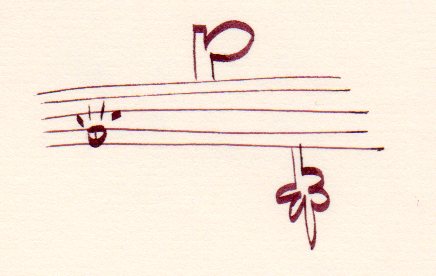 The scores […] are sometimes an essential tool for composition. There are things that no composer would have been able to do all of a sudden, without looking at the paper, step by step, what is happening between the different things that he or she comes up with. This may be one of the most important things which distinguish Western music from other cultures.
The scores […] are sometimes an essential tool for composition. There are things that no composer would have been able to do all of a sudden, without looking at the paper, step by step, what is happening between the different things that he or she comes up with. This may be one of the most important things which distinguish Western music from other cultures.